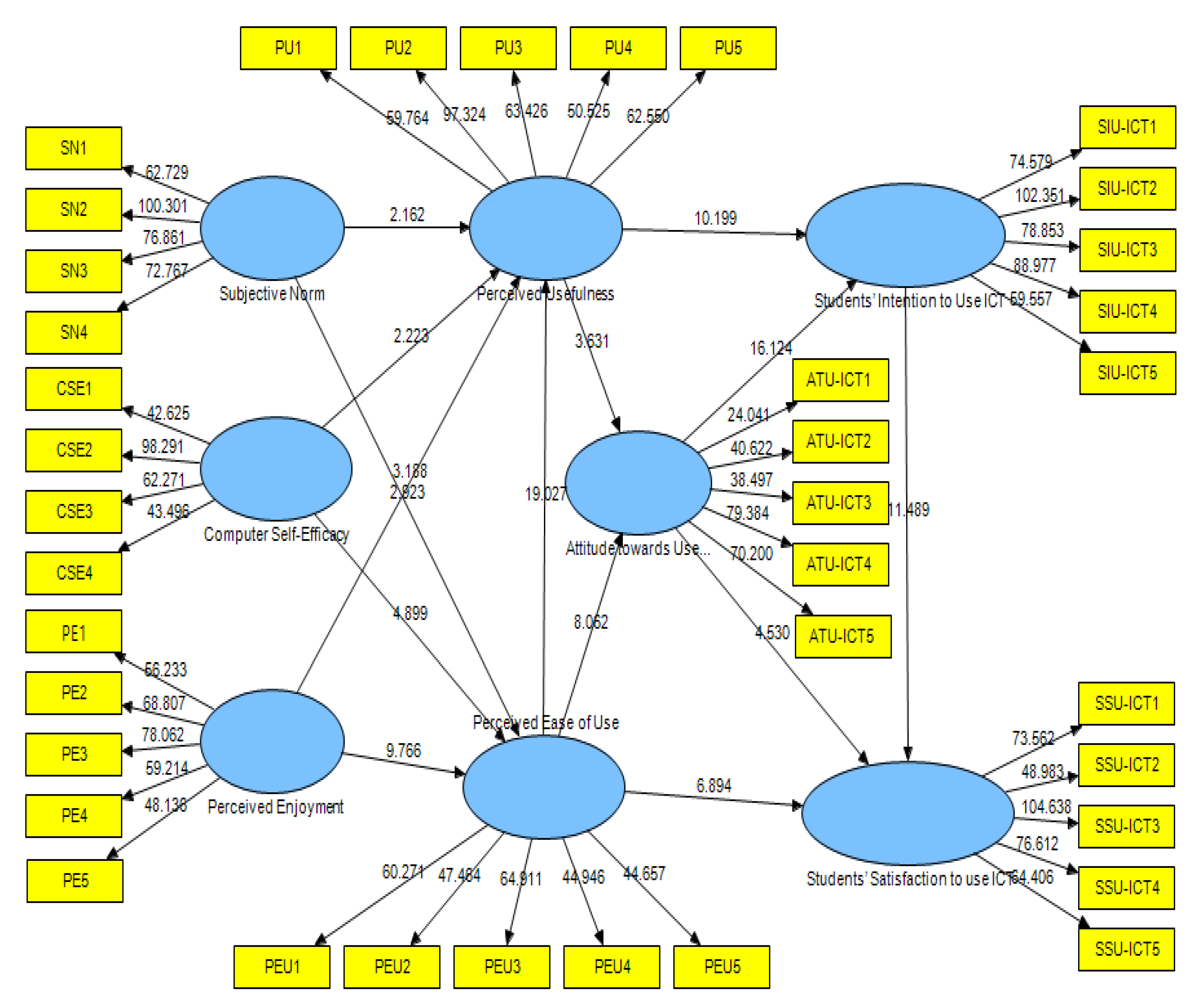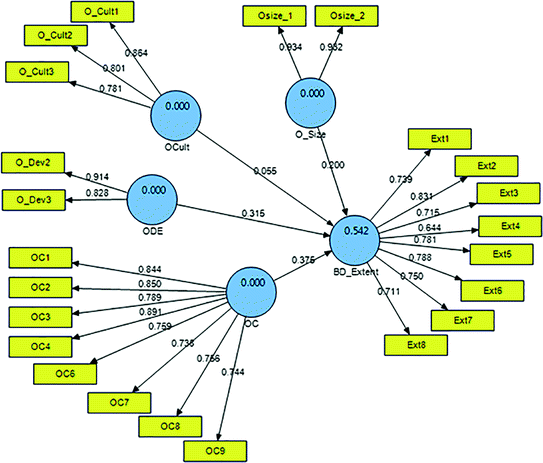

The issues and developments for SEM with many variables described in this article not only let applied researchers be aware of the cutting edge methodology for SEM with big data as characterized by a large p but also highlight the challenges that methodologists need to face in further investigation. In particular, the requirement for N with conventional methods can be a lot more than expected, whereas new advances and developments can reduce the requirement for N substantially. Previous recommendations on required sample size N are also examined together with more recent developments. The topics addressed include methods for parameter estimation, test statistics for overall model evaluation, and reliable standard errors for evaluating the significance of parameter estimates. This article reviews issues and solutions for SEM with small N, especially when p is large. However, SEM analyses with small N or large p have been shown to be problematic.


With a sufficient number of participants ( N), SEM enables researchers to easily set up and reliably test hypothetical relationships among theoretical constructs as well as those between the constructs and their observed indicators. Structural equation modeling (SEM) is commonly used to analyze such data. Survey data in social, behavioral, and health sciences often contain many variables ( p).


 0 kommentar(er)
0 kommentar(er)
